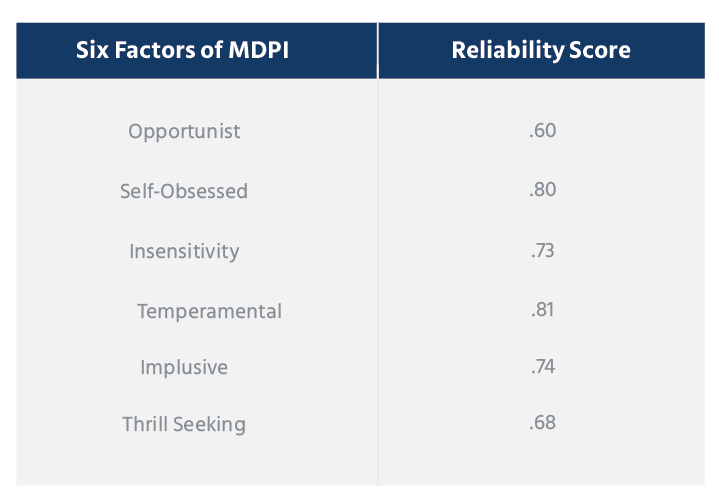

Is the DiSC assessment valid? Are DiSC profiles accurate?Įverything DiSC is backed by 40+ years of research-based assessment experience and 200+ years of publishing excellence at Wiley. Research is at the core of the Everything DiSC profiles, with results made public in several sources. Priorities also reflect the focus on the specific DiSC test, so you might have a priority for Competency in a sales situation, but for Challenge in a management setting. These are presented to let you know that your results might differ from the average person who shares your style.įor example, you could be a C style with a priority for Enthusiasm because you scored high in that one measure typically associated with an i style. Each priority is measured separately from the DiSC style, although there are degrees of overlap.

In other words, DiSC is descriptive, not prescriptive.Įverything DiSC also measures priorities.

You probably just have to make a more conscious effort at it than would an S-style colleague.

You might be a strong D, but need to move slowly and methodically when working on financial reports. SC or CS measures a moderate-paced, cautious disposition using adjectives such as careful, soft-spoken, and self-controlled.Ĭ measures a private, conscientious disposition using adjectives such as analytical, reserved, and unemotional.ĬD or DC measures a questioning, skeptical disposition using adjectives such as cautious, disciplined, and critical. S measures an accommodating, steady disposition using adjectives such as considerate, patient, and soft-hearted. IS or Si measures an agreeable, warm disposition using adjectives such as trusting, cheerful, and caring. I measures an interactive, influencing disposition using adjectives such as sociable, lively, and talkative. There are eight scales measured by the Everything DiSC assessment:ĭ measures a direct, dominant disposition using adjectives such as driven, strong-willed, and forceful.ĭi or iD measures an active, fast-paced disposition using adjectives such as dynamic, adventurous, and bold. The Everything DiSC ® assessment uses the circle, or circumplex, as an intuitive way to represent this model. Since Marston’s time, many instruments have been developed to measure these attributes. Marston identified what he called four “primary emotions” and associated behavioral responses, which today we know as Dominance (D), Influence (i), Steadiness (S), and Conscientiousness (C). The foundation of DISC was first described by William Moulton Marston in his 1928 book, Emotions of Normal People. In fact, our DiSC ® Classic paper profile was the first DISC assessment ever. While the original theory behind DISC began with the work of William Moulton Marston, Wiley has been researching and analyzing DISC for over 40 years.


 0 kommentar(er)
0 kommentar(er)
